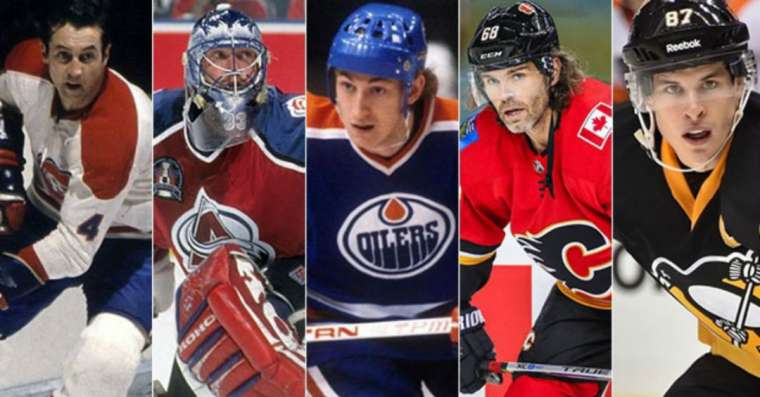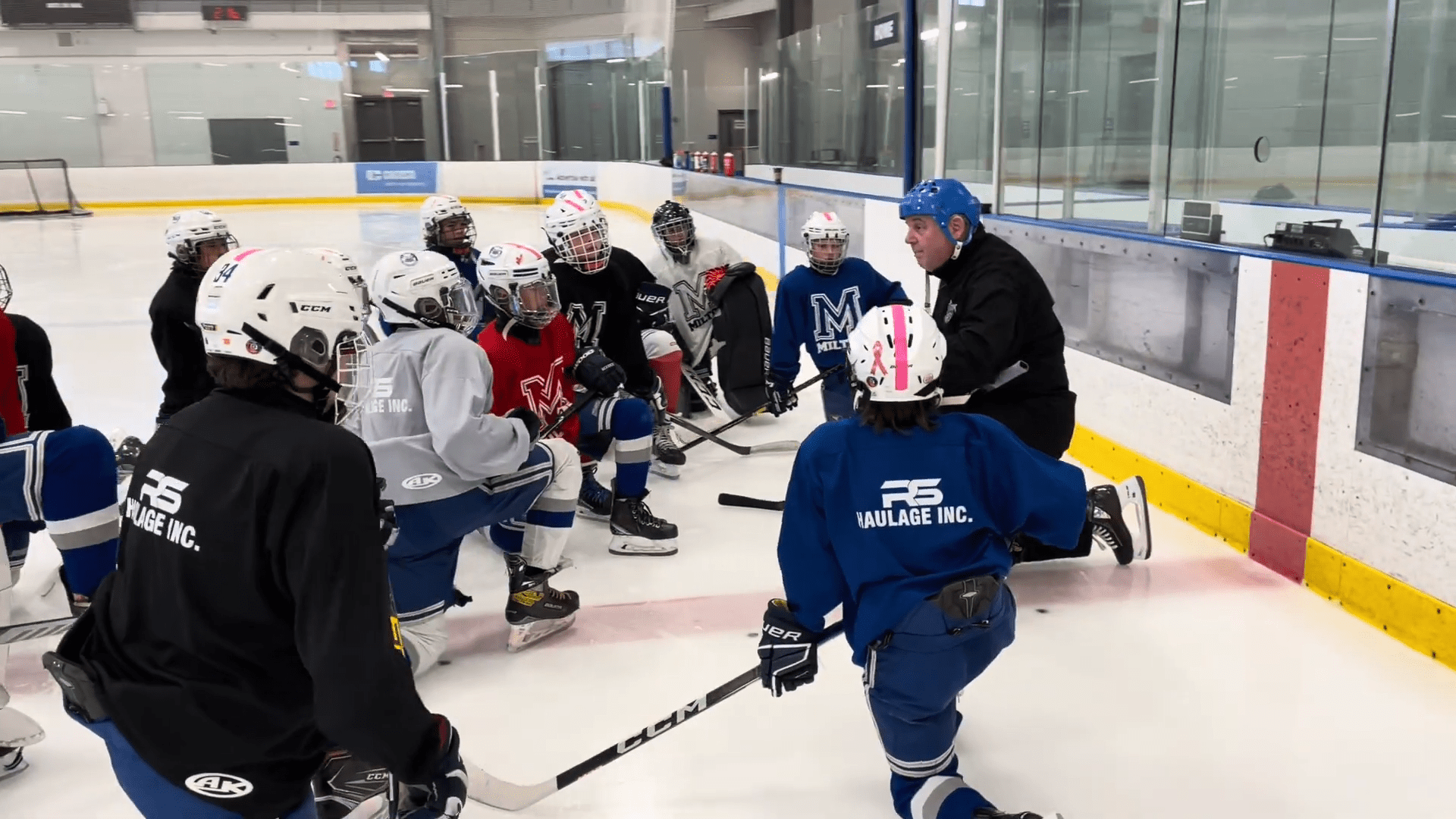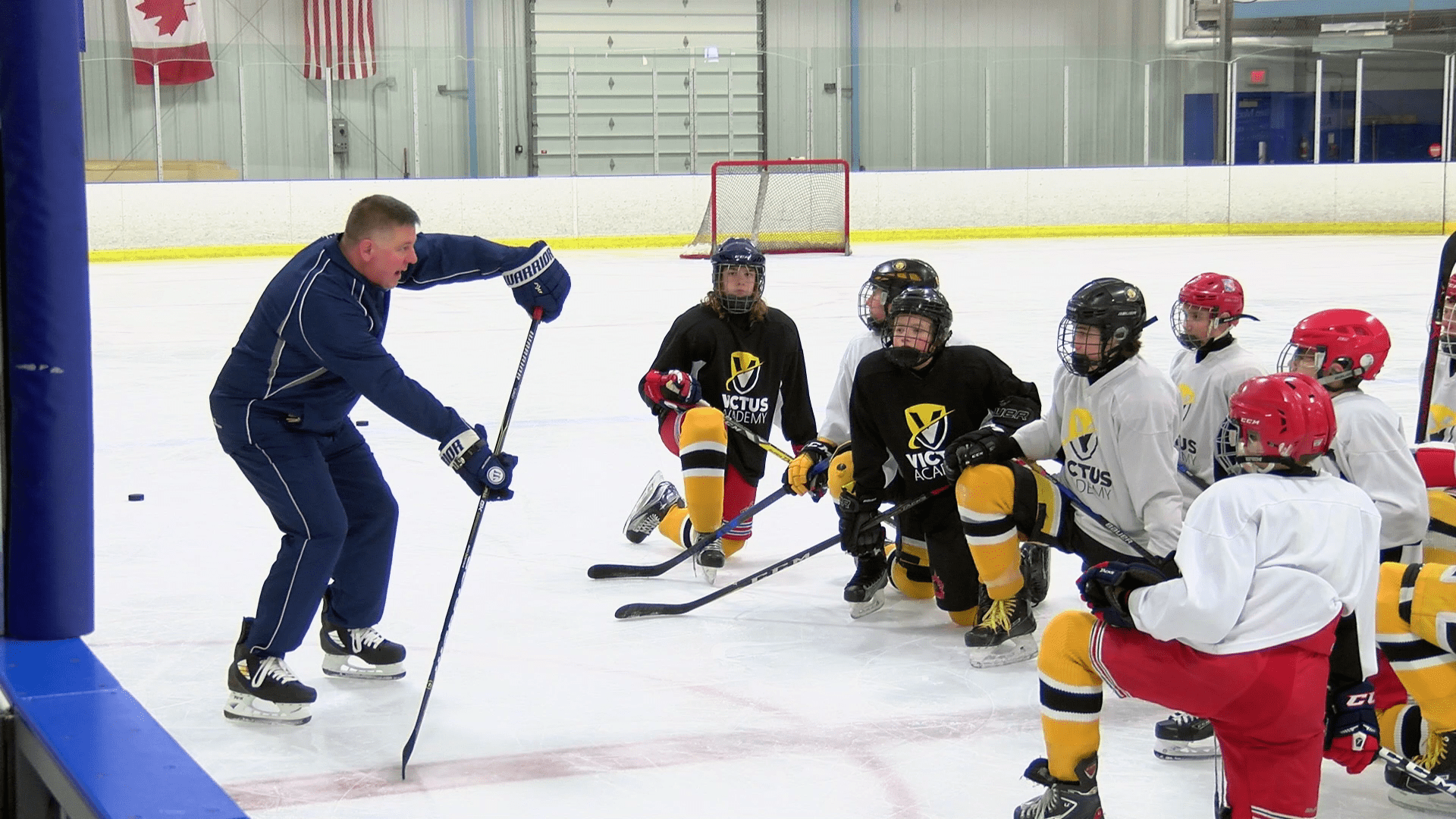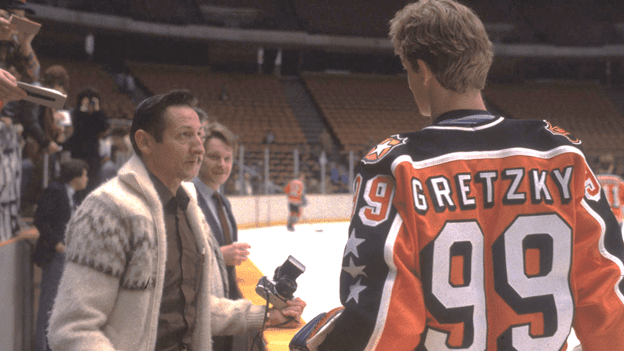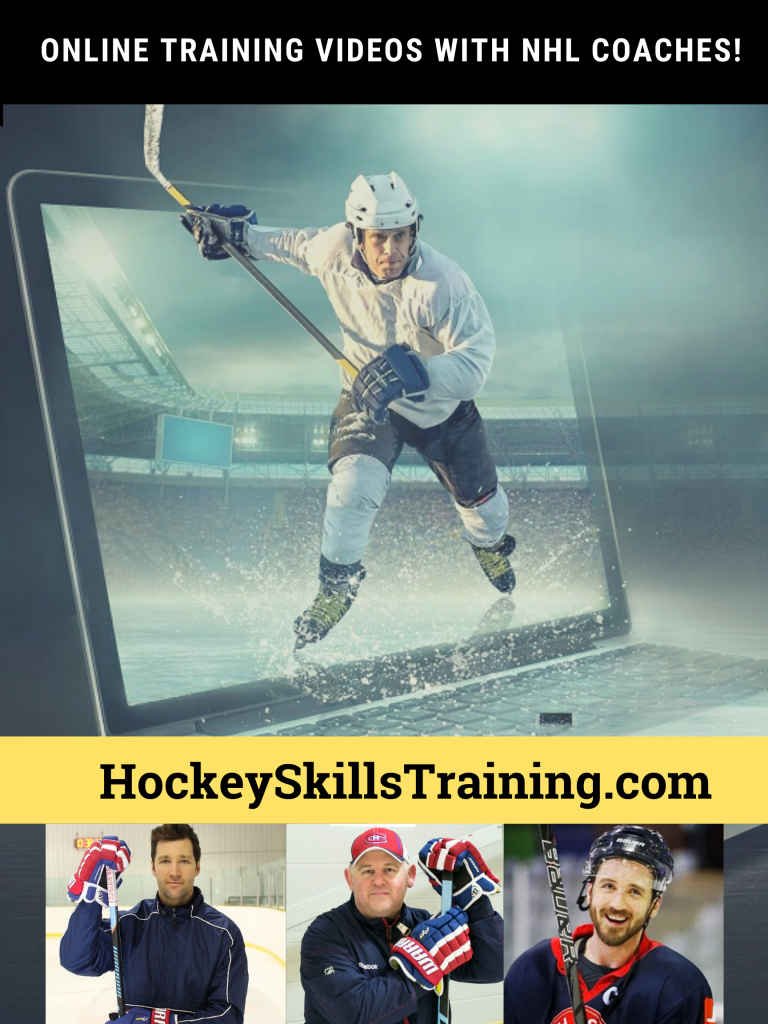We all have our favorite players that we look up to and admire, whether they play for your hometown team or maybe share the same position as you on the ice, much of our childhoods are spent being inspired by our on-ice heroes. It can be as simple as wearing their jersey or playing as them in a street hockey game with your friends. The legends, or sometimes just great players, that capture our attention and our hearts, will always be a reason we love the game of hockey so much. So what is it about these special players that catches our attention? Let’s take a look at some of the things we do to learn and improve on from our favorite players both on and off the ice.
Watching Our Favorite Players On the Ice
Probably the simplest way we can appreciate our favorite players is to just watch them play. We all remember the feeling of tuning in to watch our favorite players or teams take the ice, and always looking for their numbers when their team has the puck. Heck, I bet you could spot your favorite players just by seeing them skate even if they did not have the puck on their stick.
Those who play hockey themselves will no doubt try to emulate their heroes and pay close attention to how they play the game. This is especially true for positions like goaltenders who are always interested in learning new styles and strategies they can use on the ice themselves. Students of the game will be able to focus on the nuances of hockey as well like how a particular player behaves when they do not have the puck, and how much effort they put into things like back-checking and battles along the boards.
Whether you enjoy the way a player skates, stick handles the puck, or throws a body check, simply watching our favorite players perform on the ice is a sure-fire way to develop our own hockey skills.
Emulating Our Favorite Players
Remember every kid pretending to be their favorite players in a street hockey game growing up? We do it too as adults, we are just more subtle about it. As children, we took pride in announcing our favorite players, wearing their jerseys, buying their equipment, or collecting their hockey cards. I am always reminded of the famous Canadian children’s book The Hockey Sweater, where a young Maurice Richard fan is mistakenly given a Toronto Maple Leafs jersey by accident. The ensuing chaos is comical but also illustrates just how important our heroes are to us at that impressionable age.
As adults we often lack the imagination of children who can freely pretend to be whoever player they wish to be. Some of us choose to take the number of our favorite player and wear it on our beer hockey teams, or we may buy and use their stick or other equipment when we play the game ourselves. Whatever we may choose to do, we know imitation is the sincerest form of flattery, and even if our imaginations are not quite as keen as they once were, deep down we all want to be our favorite NHL players when we have the puck on our stick.
Analyzing the Game
This sounds a lot like watching them on the ice but it goes a little bit more in depth and uses an analytical approach to our favorite players. What do they do when they do not have the puck? What is their reaction if they make a mistake? Do they play or act differently when they are winning or losing? Do they get frustrated with their teammates, refs, or even their own coaches? A large part of understanding a player’s game is to actually watch what they do aside from scoring flashy goals or making big hits. Coaches or scouts call these the fundamentals or intangibles, and it goes to show just how much is involved in being a well-rounded hockey player.
Following Them Off The Ice
Hey, it’s the twenty-first century and our access to our favorite players has never been easier. Before, we would have to read stories in the newspaper or collect their hockey cards to feel connected to them, but now all we have to do is login to any social media site to see what our favorite players are doing off the ice. Sure, some people may treat this as purely entertainment, but others can definitely learn about how their favorite players are away from the rink. For example, what does the player post about? Are they constantly posting things about working out and training or just generally thinking about hockey? Or are they putting up pictures of themselves at parties or night clubs after their game is over? Of course this is extreme, and not at all a black and white representation of a player’s behaviour, but at some level, it does provide us with insight into how much the player is working on their skills outside of scheduled games and practices.
Our favorite players will always have a special place in our minds and whether it is the way they play or who they play for, or even where they are from, we know that they will always have a significant impact on how we view the game. These days, it is easier than ever to have access to players through the internet and social media, and while we should always respect their privacy, seeing them off the ice gives them a distinct personality that we may never have known when just watching them play. So buy their jersey and cheer for them, and do not be ashamed to have a favorite player even if you are an adult because we all know, life was just easier when as kids, we would all call out which player we wanted to be when playing road hockey after school.

